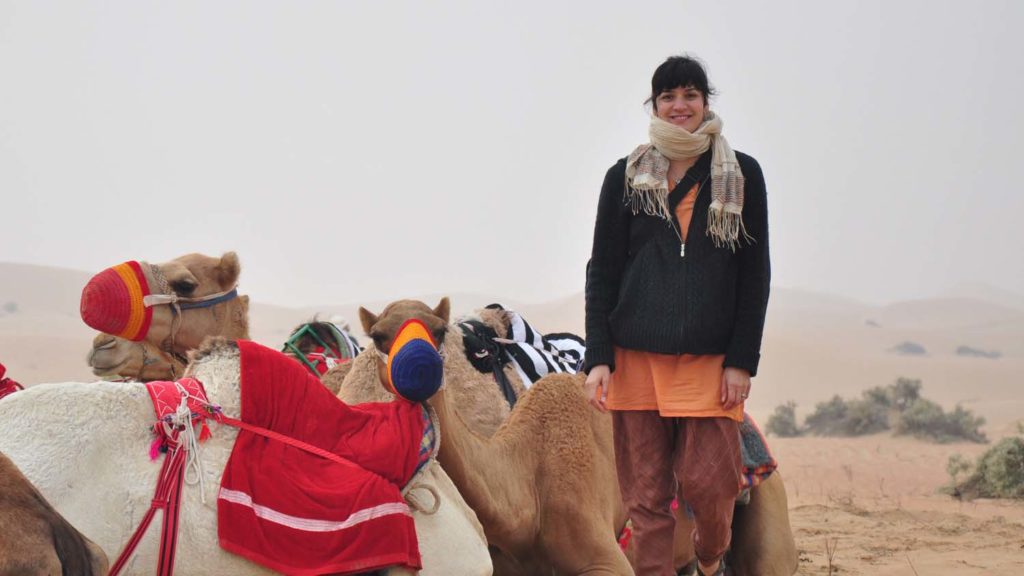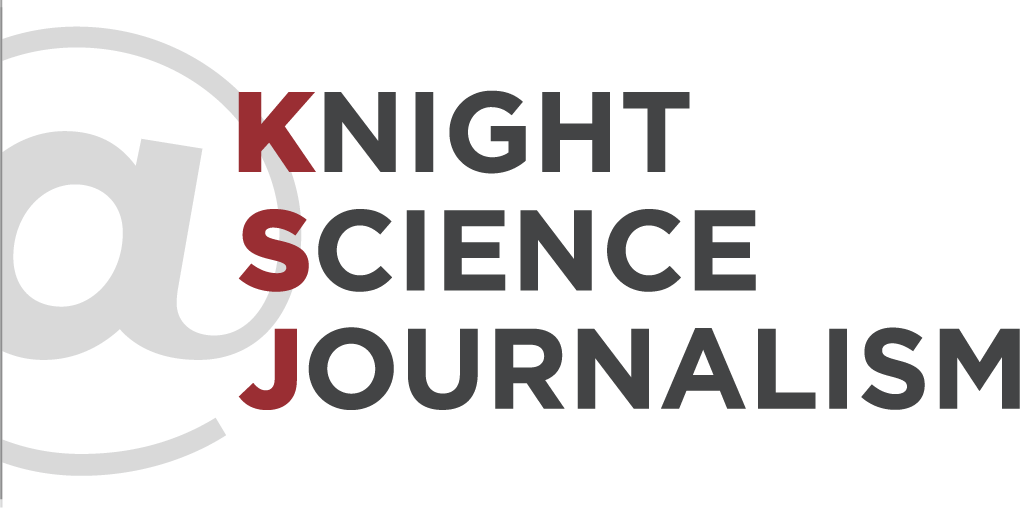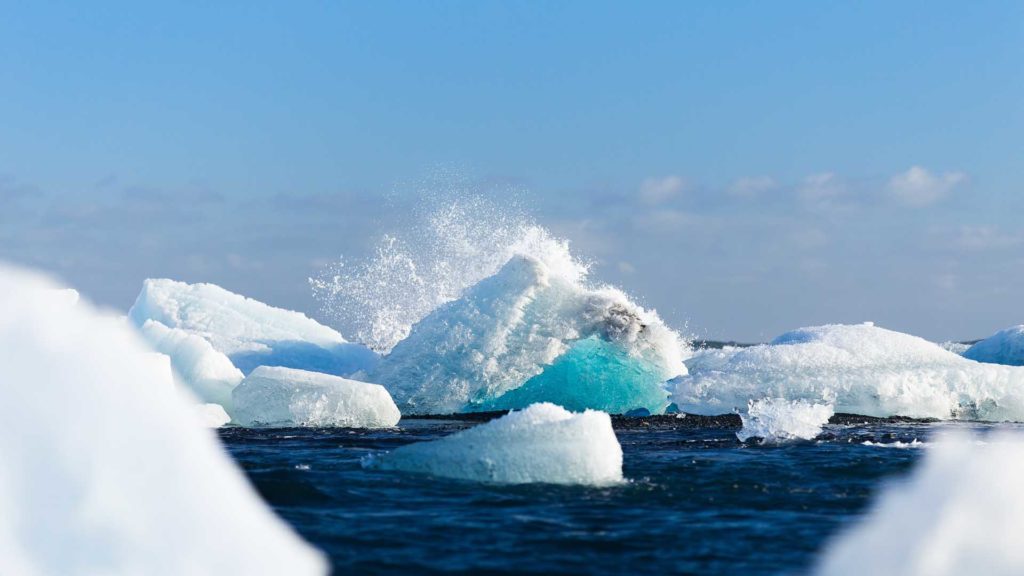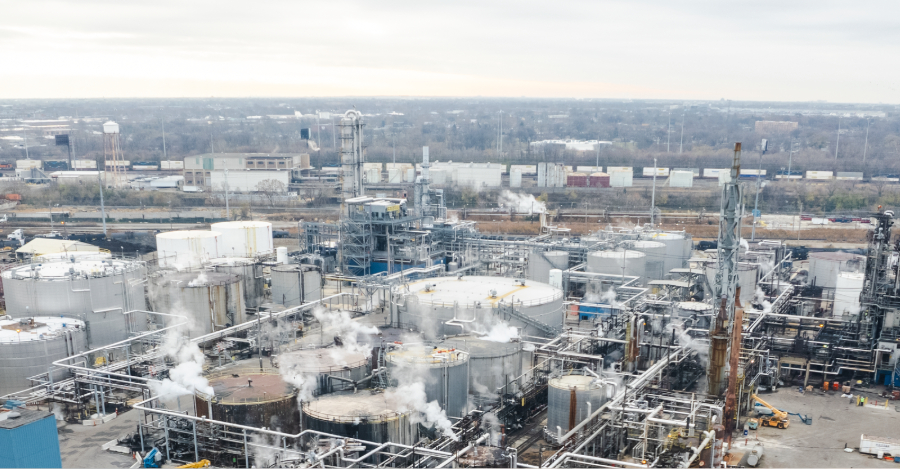When Meera Subramanian became President of the Society of Environmental Journalists’ Board of Directors last year, she did so at a pivotal moment for environmental journalism — and for the journalism industry at large. Just months into her tenure, a novel coronavirus began spreading quietly around the world. By April, pandemic-driven layoffs were devastating the journalism industry. Then, record-setting wildfires ravaged the American West throughout the summer and fall. Meanwhile, the Trump administration continued its aggressive rollbacks of environmental regulations and formally left the Paris Climate Agreement, abandoning a commitment to reduce greenhouse gas emissions. All of this played out against the backdrop of a heated presidential election, one poised to influence U.S. environmental policy for years to come.
But Subramanian and her colleagues at the Society of Environmental Journalists (SEJ) have been working to rise to the moment. She recently spoke with me about the work SEJ is doing to support its members during a time of turmoil, the group’s efforts to foster a more diverse journalism workforce, and the challenges that lie ahead for environmental journalism. (The following interview has been edited for length and clarity.)
Anna Blaustein: The economic fallout of the pandemic hit the journalism community especially hard this year. How has SEJ been supporting environmental journalists during this challenging time?
Meera Subramanian: We have a really strong program, the Fund for Environmental Journalism, that’s been around for ten years and gives grants to reporters to go out and do stories they might not otherwise be able to do. Those grants, they’re the seed money right when many journalists need it.
When the pandemic hit, we quickly pivoted [from funding travel] to [providing] rapid response grants. Instead of having a deadline and an annual cycle, we just said, “Apply for money if you need it. We’ll get it to you even if it’s not for the usual field reporting and you just need it to work on the story from wherever you’re safe.” We totally reconfigured the program in really short order, and we gave priority to stories that were either about or by underrepresented communities. This year, the Fund has distributed $180,000.

AB: What is SEJ doing to foster diversity and inclusion in the organization and in environmental journalism more broadly?
MS: As the daughter of an immigrant and as a woman, I was very interested in diversity issues. There’s a possibility for people in my position to be frustrated or to feel like you’re just getting so much pushback that you just can’t fight anymore. I totally understand that, but my hope is always that if there’s frustration, stay there. Stay at the table, stay in the room. Try to just keep making the changes by being present because as soon as you walk out of the room, nothing changes.
We’re in the final month or two of working on the strategic plan for the next few years. We have a strong component of focusing on diversity and equity and inclusion within the organization, which has traditionally been very white. How do we foster a new generation of environmental journalists that [doesn’t] look like the last generation? How do we bring people into this field? How do we make sure that the stories are being told both about and by people from communities that are often not being heard? Those are questions that haven’t been asked enough historically. Most everyone in this country is reckoning with that.
When we say we want to foster diversity, equity, [and] inclusion, that looks like getting money and resources to journalists so that they can do their work. We waive fees for people who are coming from affinity journalism groups like the National Association of Black Journalists and the National Association of Hispanic Journalists so there’s more accessibility to be able to enter the awards and funding cycles.
AB: How has the Trump administration’s environmental policy affected environmental journalism?
MS: There’s a bottomless well of stories to be covering in terms of the unprecedented number of rollbacks. In that way, it’s made it a growth industry! But, at the same time there’s so much noise around politics that it’s very challenging to get [those] stories in front of readers. We talk about environmental stories sometimes being considered slow burn stories, things like climate change that evolve over a long period of time. Those stories are really hard for humans to wrap their heads around. Getting those stories in front of readers when there’s the latest Twitter explosion happening can be really challenging for a lot of science writers these days. There’s more than ever to be reporting on, but there’s also so much noise that it’s that much harder to get people to spend time with the stories.
In an even deeper sense, the emotional toll of being on the environmental beat right now [is significant]. There’s a lot of trauma covering wildfire after wildfire, flooding evacuations, covering species extinction. There are some really emotionally challenging stories. Journalists are always balancing coverage of the tough stories that the public needs to know about with feel-good stories about solutions and optimism and hope. That’s something I think environmental journalists face on a day-to-day basis.
That said, already there is so much happening on a state and local and regional level: governments deciding to move forward with Paris commitments, businesses disregarding [environmental] rollbacks because they want more fuel efficiency and consistency around vehicles. There is other work happening on all these different levels. Those are all stories.
AB: What do you see as the future of environmental journalism?
MS: My belief is that [journalism] will never again be a stable field. It will just continue to change and morph. Year after year, every time we think we’ve gotten used to the new normal, it’s going to change again.
We live in an unstable world. I think technology has a huge role in that and will continue to change how people get their information. Who do you trust? What are dependable resources? Where are people getting trusted information, where are they not, and how do you make that distinction? All of those are big questions that not just environmental journalism but journalism writ large are going to be facing for a really long time, and I hope SEJ can continue to be a positive force that helps keep the public informed about the world we live in.





[…] she emphasized this point that environmental journalism was constantly changing and fluctuating. In the interview, titled How Environmental Journalism Is Surviving — and Thriving — in an Unstable World, […]